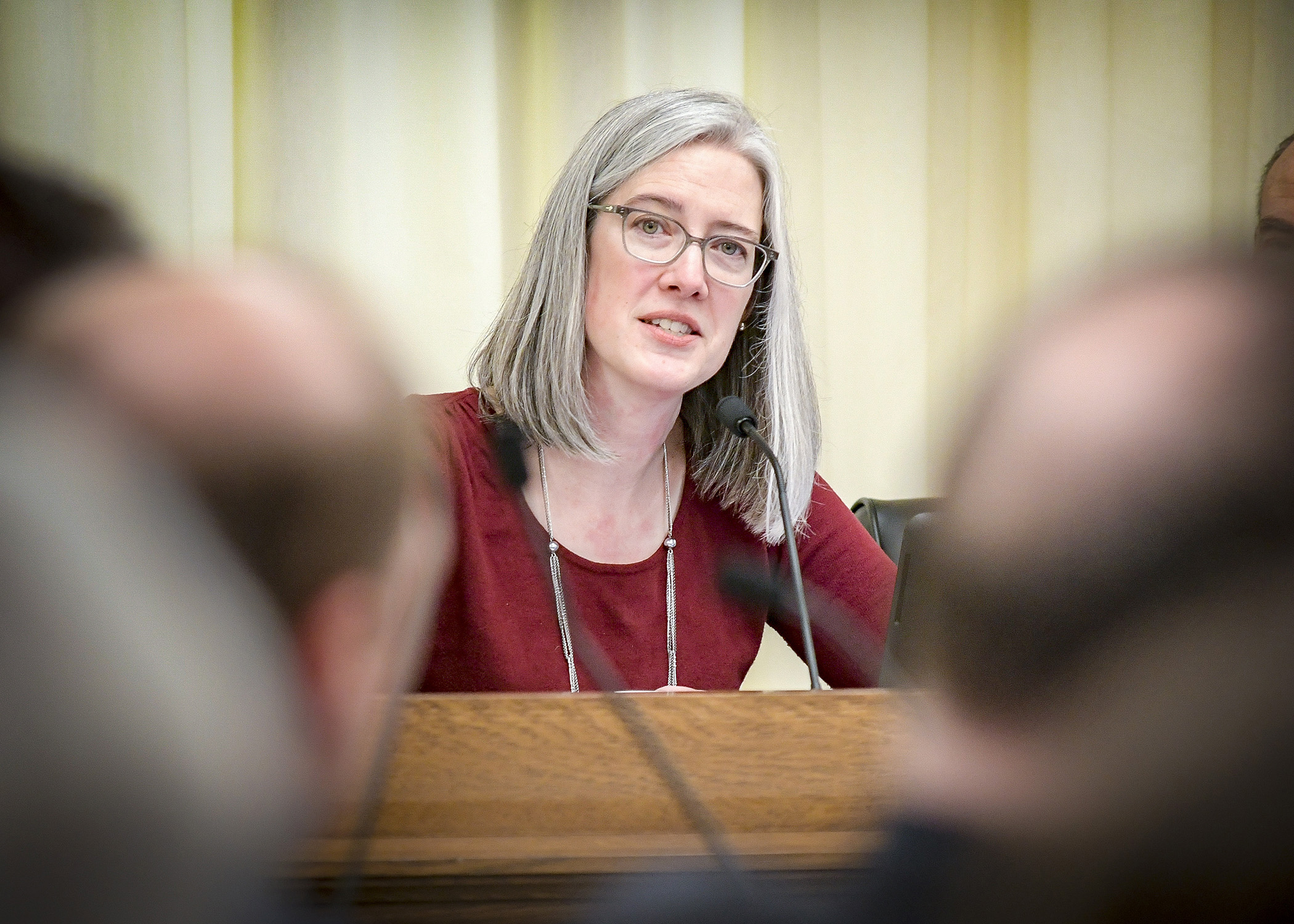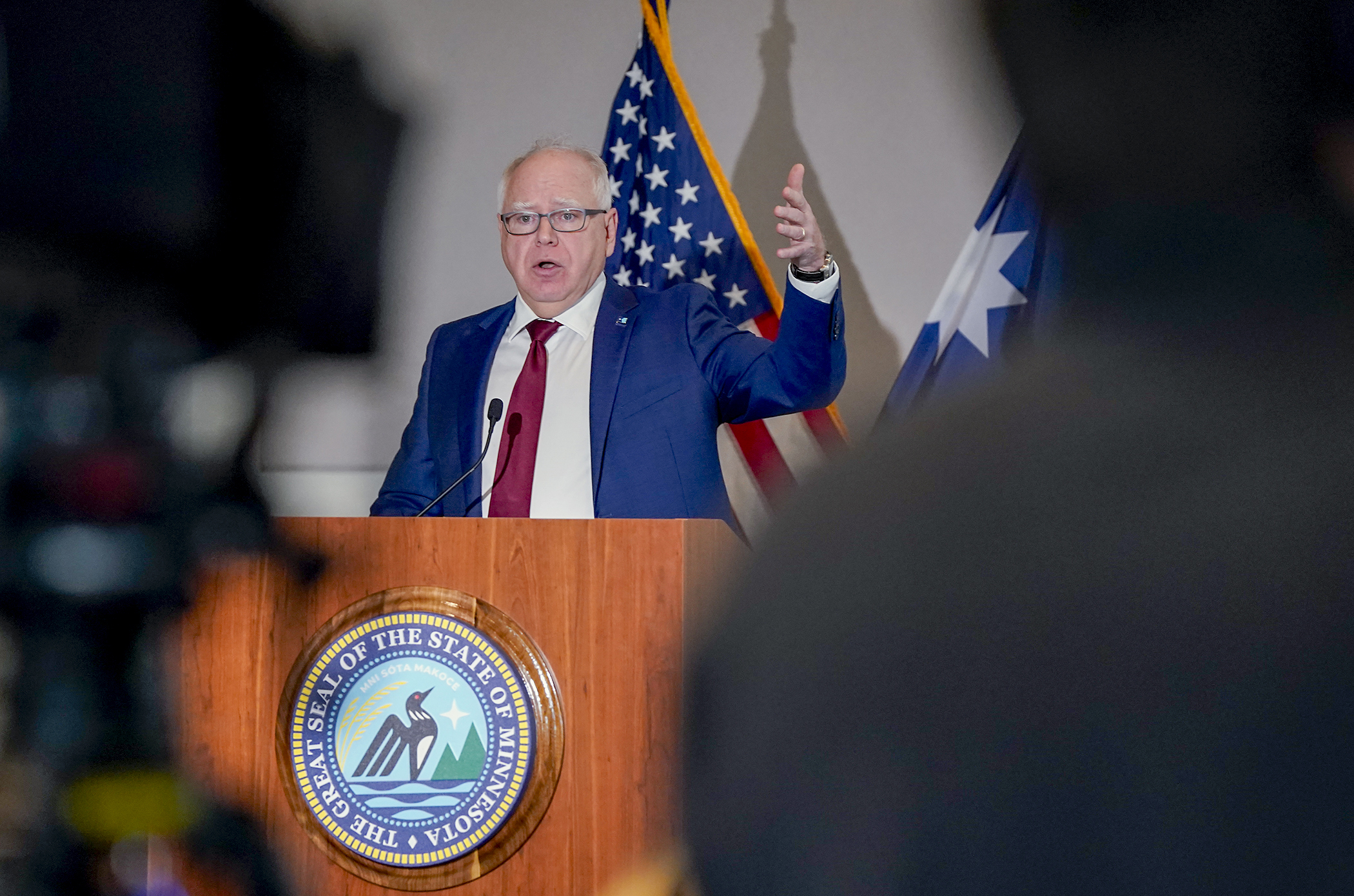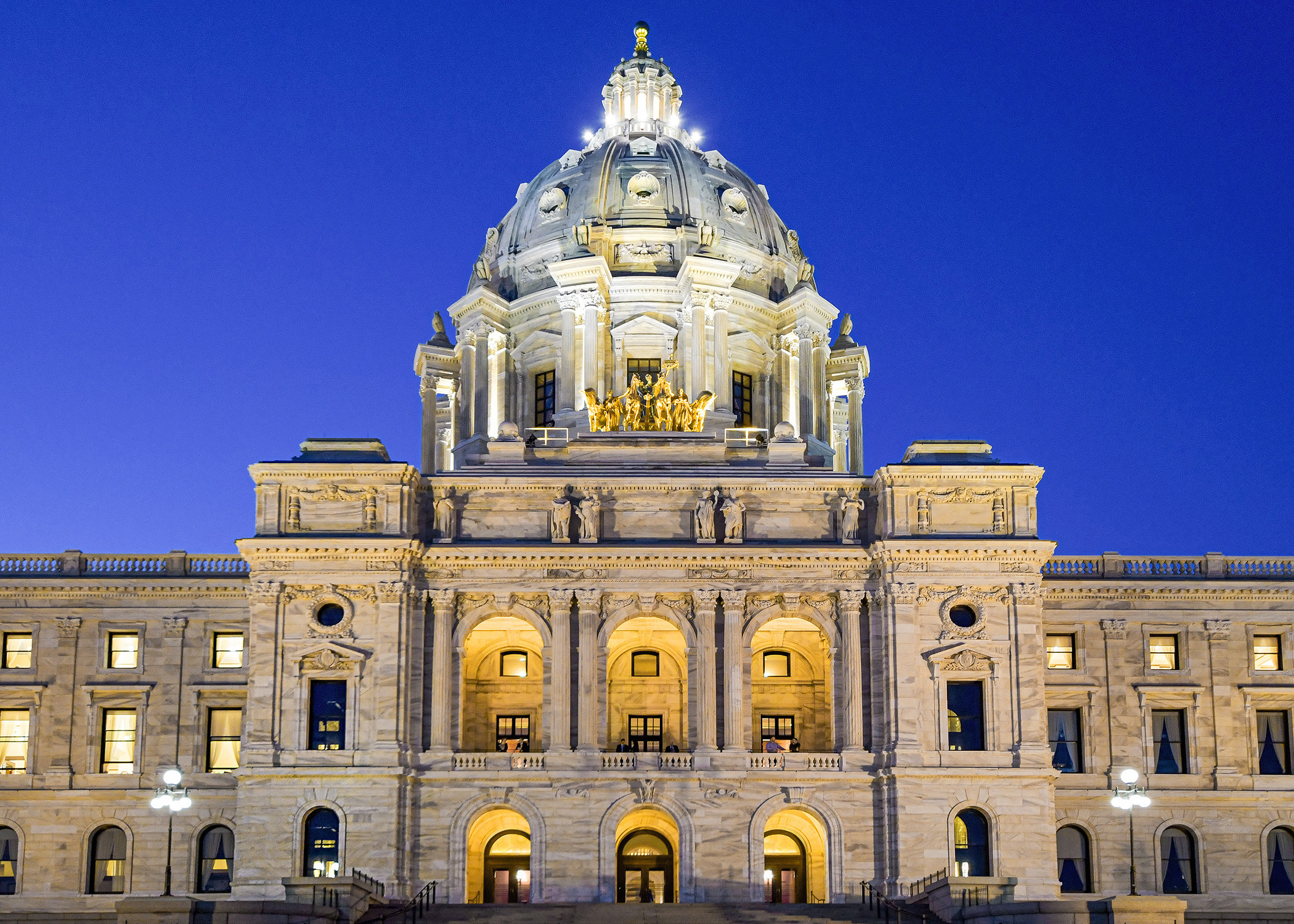Specialists begin to detail impacts of climate change to Minnesota

Less snow, more rain. Warmer winters and frequent late-summer droughts. More invasive species entering the state and some of our most beloved wildlife and trees departing.
Those are some of the upshots of climate change in Minnesota, as detailed by three experts testifying before the newly created House Energy and Climate Finance and Policy Division on Tuesday. In the first day of a two-part presentation, University of Minnesota professors in the fields of climatology, meteorology, atmospheric science and forest resources detailed changes the state is experiencing, and what is projected to happen in the future.
The division and a standing-room-only crowd heard some dire predictions, but also listened as scientists forged connections between weather the state has experienced in recent years and how it fits with larger climate change patterns. While climate change is a global problem, former University of Minnesota Extension Climatologist and Meteorologist Mark Seeley emphasized the state is being affected far more than many regions.
“There’s geographic disparity in what climate change is doing,” Seeley said. “Right here in Minnesota, in the heart of the North American continent, we occupy a piece of American real estate that is seeing some of the most profound changes of anywhere in the country.
"Climate change has occurred for four-and-a-half billion years, as long as Planet Earth has existed. But the pace of change year-by-year, decade-by-decade, we are living through right now, is totally unprecedented.”
[WATCH:Full video of Tuesday's House energy and climate division hearing]
What kind of changes are we talking about? Two University of Minnesota professors, Tracy Twine, associate professor of atmospheric science in the Department of Soil, Water, and Climate, and Peter Reich, chair of the Department of Forest Resources, explained some of them.
The state is getting warmer. It looks as if 2018 will go down as the fourth-hottest year on record for our planet, and, in Minnesota, the standout trend is that the low temperatures of winter aren’t getting very low anymore. Between 1895 and 2015, average daily low temperatures in winter have increased. In the northern part of the state, they’re up 4.8 degrees over that period and 3.4 degrees in the south. One study pointed out that between 1959 and 1978 Duluth averaged 45 days a year in which the average daily temperature did not top 10 degrees Fahrenheit. Between 1999 and 2018, there were no such days. And a recent study says Minneapolis and Mankato are the second- and third-fastest-warming cities in the country.
The state is getting wetter. With rising temperatures, what was once falling to the ground as snow is now rain. Annual precipitation is up 12 percent (3 inches a year) since 1895. The state record for annual rainfall recorded in a municipality was broken in 2016 (in Waseca) and has since been eclipsed by 2018 totals in the southeastern Minnesota towns of Caledonia and Harmony.
And yet, droughts are an increasing problem. One model suggests that June precipitation will rise through the end of the 21st century, while August precipitation will drop significantly over most of the state. Recently, some areas have experienced flooding and drought in the same year. In fact, 2012 marked the first time that particular Minnesota counties sought both U.S. Department of Agriculture drought assistance and Federal Emergency Management Agency flood disaster assistance in the same year, with 11 counties dealing with previously rare double crisis.
Minnesota summers are projected to become drier, resulting in less ground water and greater potential for wildfires.
One recurring theme among members’ questions was how agriculture will be affected. A study cited during the hearing concluded that rising temperatures will mean lower crop yields, with yields for both corn and soybeans decreasing 1 ton per hectare for each degree that average annual temperature increases.
There’s also the increase in invasive species and the decline in wildlife populations customarily associated with the state.
Rep. Zack Stephenson (DFL-Coon Rapids) mentioned a National Audubon Society study that says Minnesota’s state bird, the loon, may no longer be in Minnesota by 2080, leaving for cooler climes and cleaner lakes.
While there’s much we know already, Twine emphasized the need for more “downscaled” models for planning. These models could better break down climate change differences between urban areas, farmland and forests, and help analyze processes in more detail.
What action steps can be taken will be a key part of the division’s work over the course of the session. Part two of the presentation is scheduled for 9:45 a.m. Thursday.
Related Articles
Search Session Daily
Advanced Search OptionsPriority Dailies
Walz proposes slimmed-down 2026-27 state budget, sales tax changes
By Tim Walker This is an odd-numbered year, and so the Legislature is constitutionally required to craft a budget to fund the state government for the next two fiscal years.
Gov. Tim Walz...
This is an odd-numbered year, and so the Legislature is constitutionally required to craft a budget to fund the state government for the next two fiscal years.
Gov. Tim Walz...
House closes 2024 session in chaotic fashion, trading bonding for budget boosts
By Rob Hubbard It was a session of modest ambitions.
After 2023 produced a record $72 billion in biennial funding, Minnesota’s legislative leaders were dampening expectations for anything ...
It was a session of modest ambitions.
After 2023 produced a record $72 billion in biennial funding, Minnesota’s legislative leaders were dampening expectations for anything ...